Understanding the Caloric Content of Honey: How Many Calories are in an Ounce?
Honey, a sweet and versatile natural ingredient, has been cherished for its taste and health benefits for centuries.
Whether drizzled over oatmeal, added to tea, or used as a substitute for sugar in baking, honey finds its way into countless culinary creations. But for those mindful of their calorie intake, understanding the caloric content of honey becomes crucial.
The number of calories in an ounce (oz) of honey can vary slightly depending on factors such as the type of honey and its moisture content.
On average, one ounce (28 grams) of honey contains approximately 21 calories. However, it's essential to recognize that this figure can vary slightly depending on several factors, including the type of honey and its moisture content.
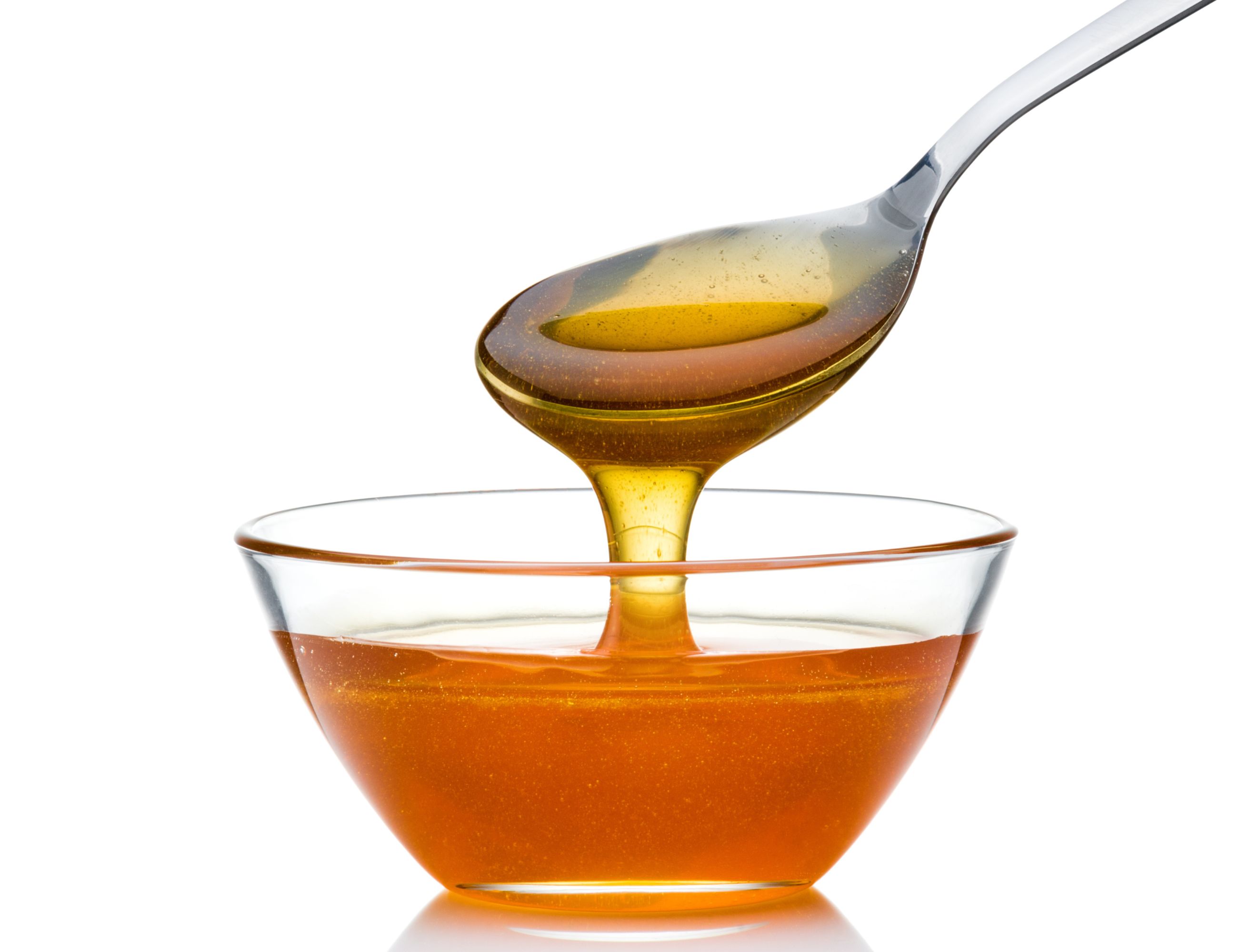
Different varieties of honey exhibit unique characteristics that can influence their caloric content.
For instance, raw honey, which undergoes minimal processing and retains more natural nutrients, may have slightly more calories than processed honey due to its higher moisture content.
Similarly, certain floral varieties of honey might contain varying levels of sugars, affecting their overall calorie count.
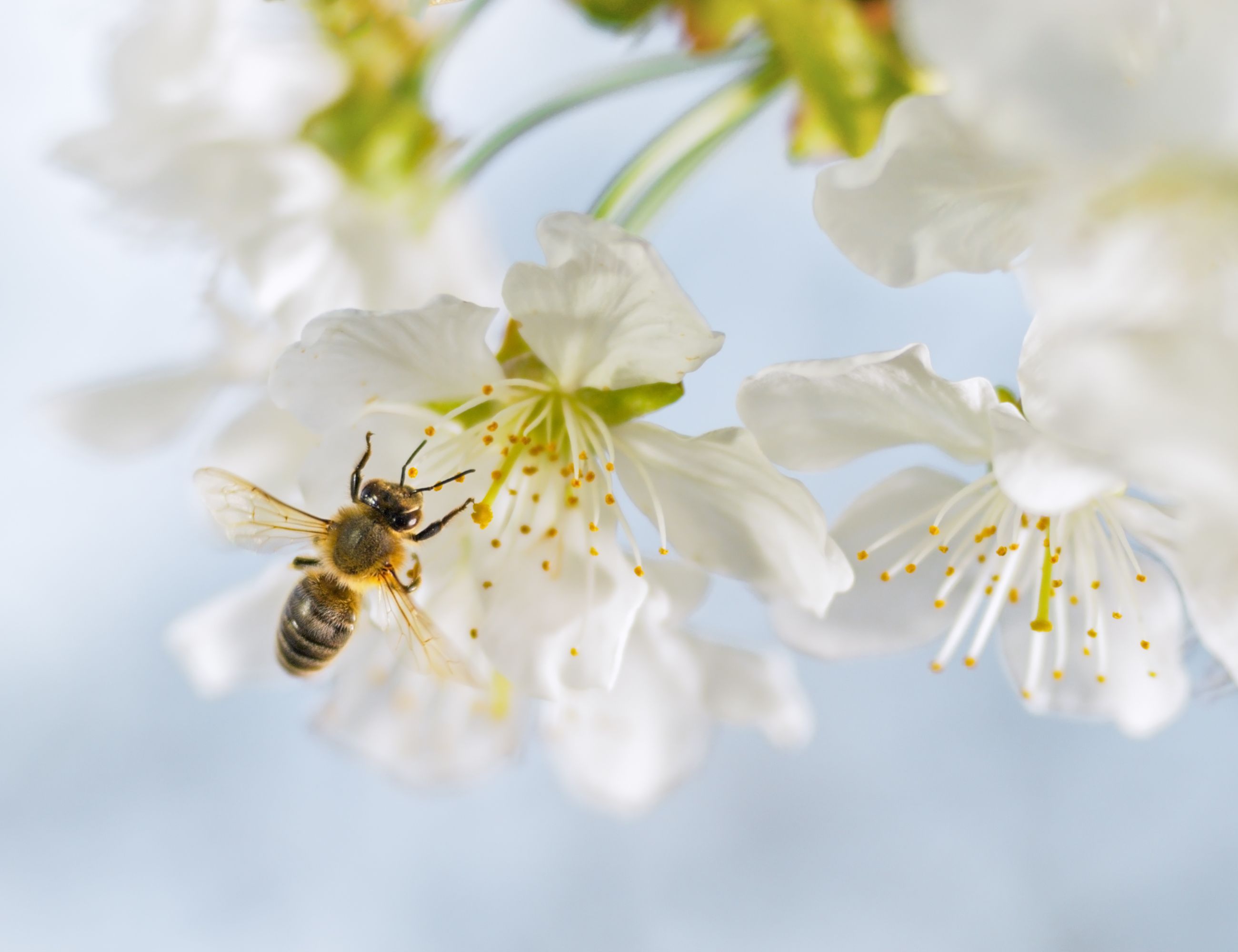
The caloric content of honey primarily stems from its carbohydrate content, predominantly in the form of fructose and glucose.
While honey does contain trace amounts of proteins, vitamins, and minerals, these nutrients contribute negligibly to its caloric load.
Despite its calorie content, honey offers numerous health benefits when consumed in moderation. It boasts antioxidant properties, aids in wound healing, and may even possess antimicrobial effects.
Honey serves as a natural energy source, making it a preferred alternative to refined sugars for athletes and individuals seeking quick energy boosts.

When incorporating honey into your diet, it's essential to practice portion control to manage calorie intake effectively.
While honey is a natural sweetener, excessive consumption can contribute to weight gain and other health issues, particularly for individuals monitoring their calorie intake or managing conditions like diabetes.
One way to moderate honey consumption is by measuring servings carefully. Keeping track of portion sizes ensures you enjoy the sweet taste of honey while maintaining awareness of its caloric impact.
Additionally, consider incorporating honey into recipes that emphasize nutrient-dense ingredients, such as whole grains, fruits, and nuts, to create balanced meals.
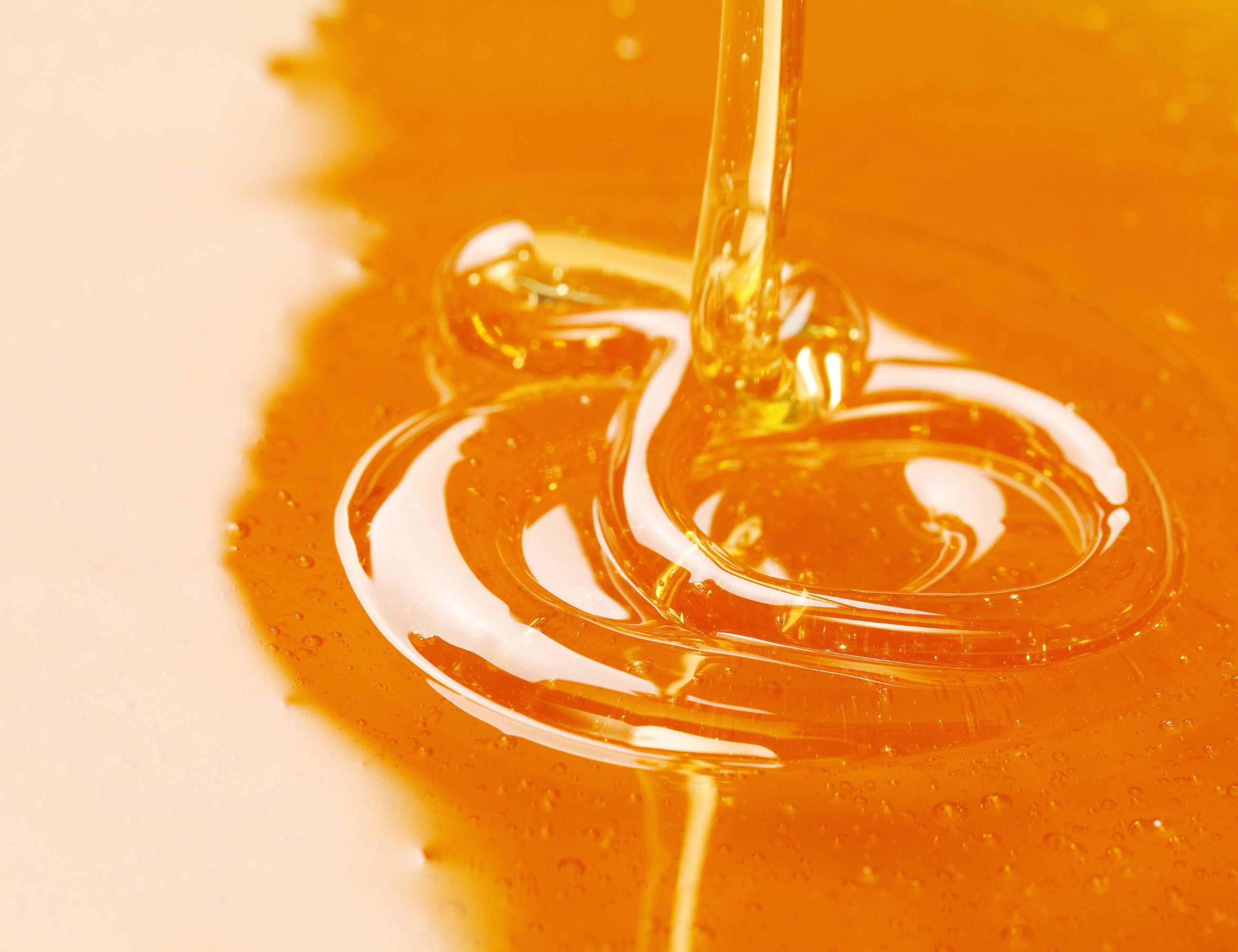
It's crucial to remember that honey should not be given to infants under the age of one due to the risk of botulism. The digestive systems of infants are not mature enough to handle the spores present in honey, which can lead to serious health complications.
Honey serves as a delightful addition to a variety of culinary delights, offering both flavor and potential health benefits.
Understanding its caloric content allows individuals to enjoy honey in moderation as part of a balanced diet. By practicing portion control and choosing quality varieties, you can savor the sweetness of honey while maintaining a healthy lifestyle.
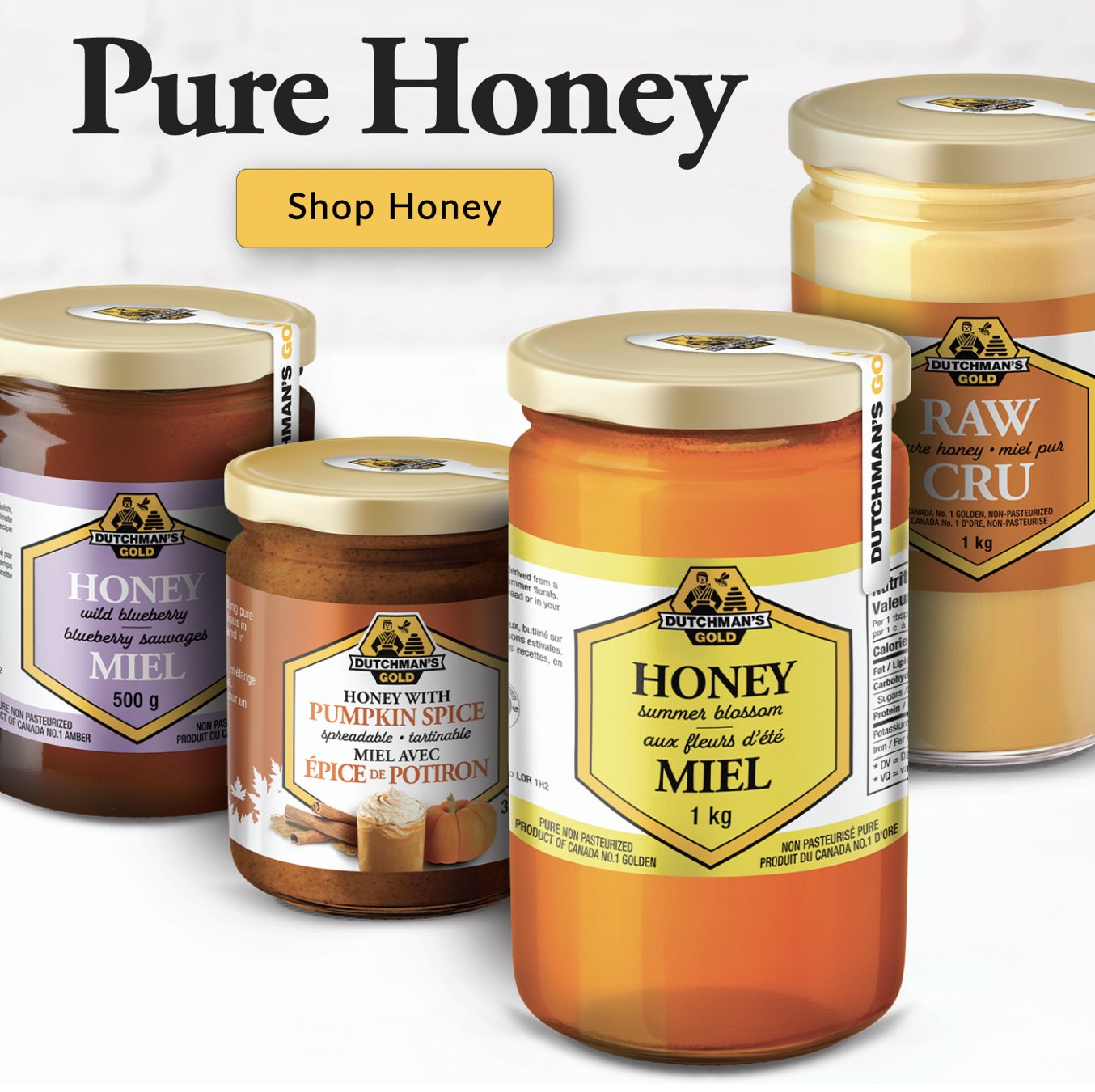
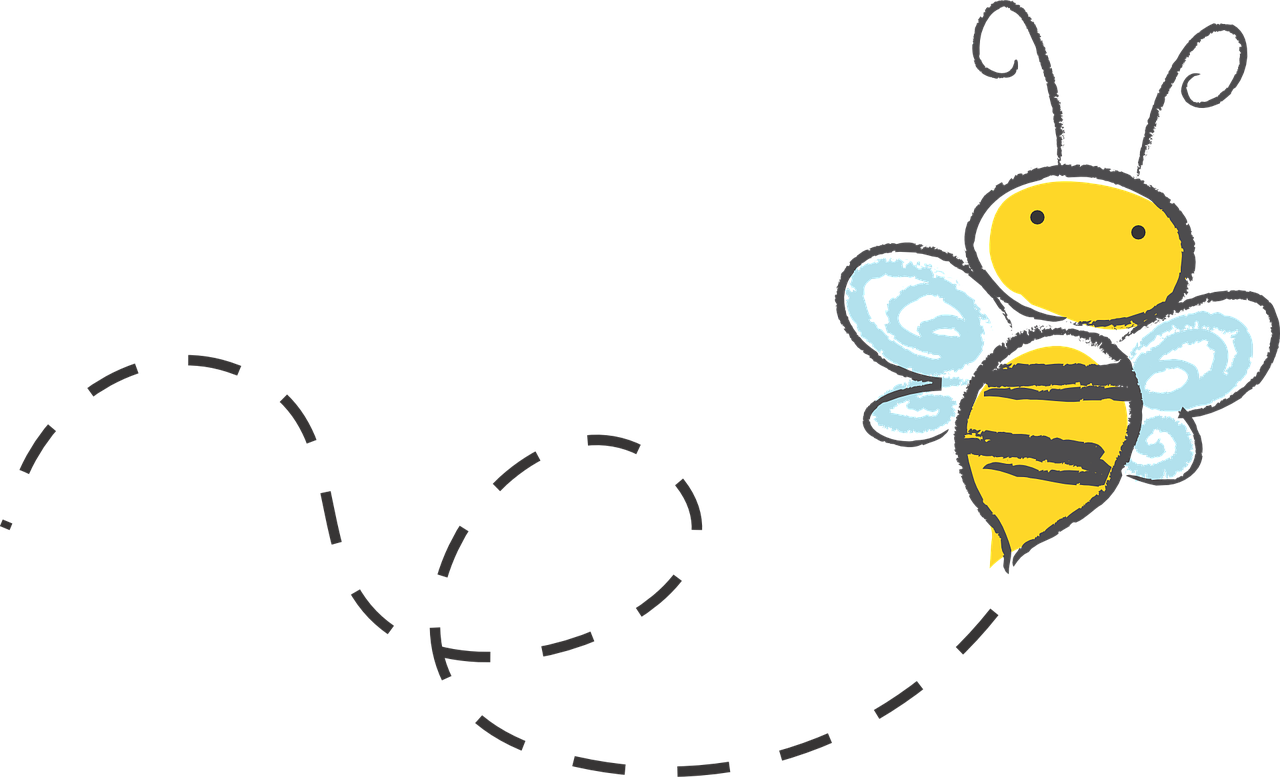


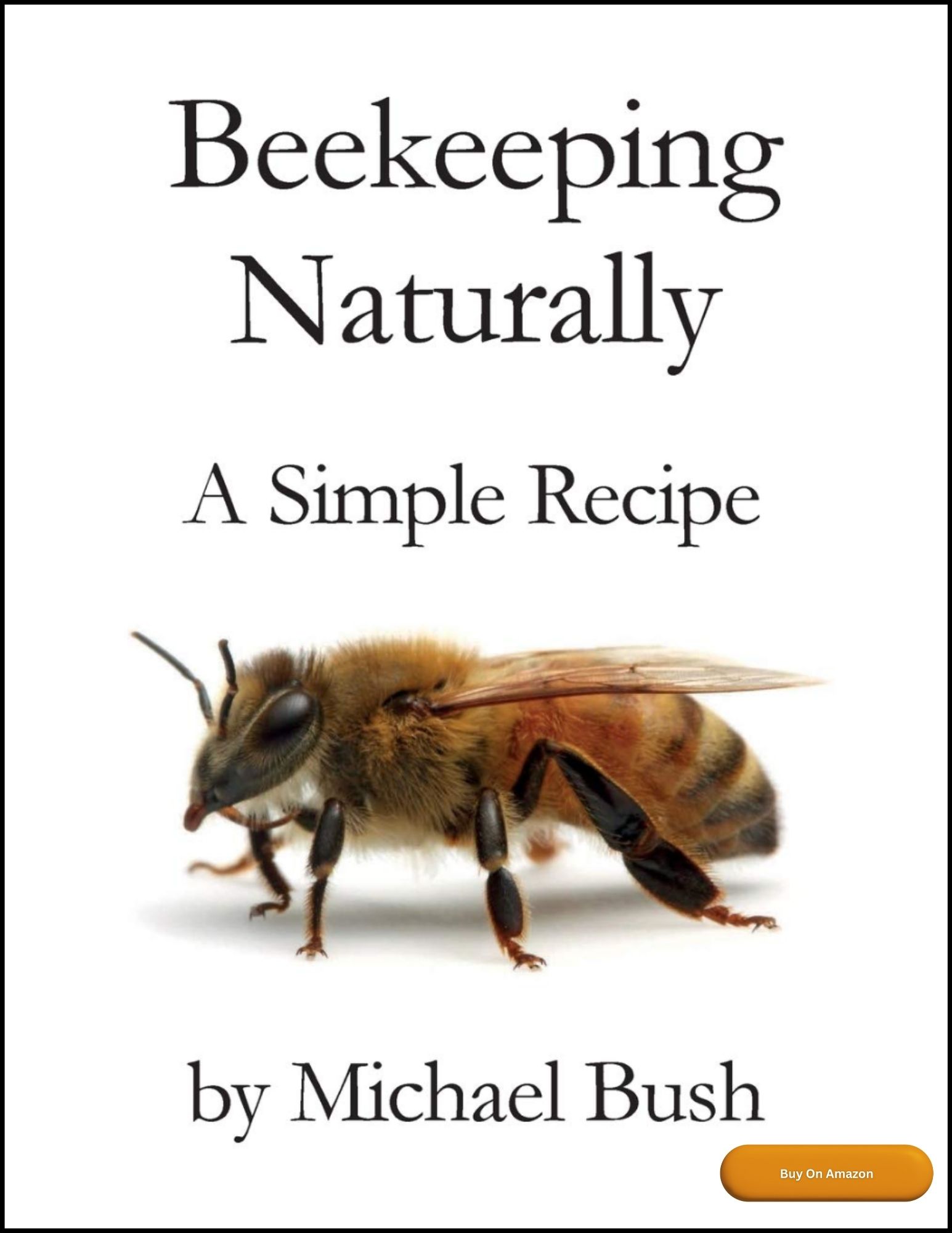
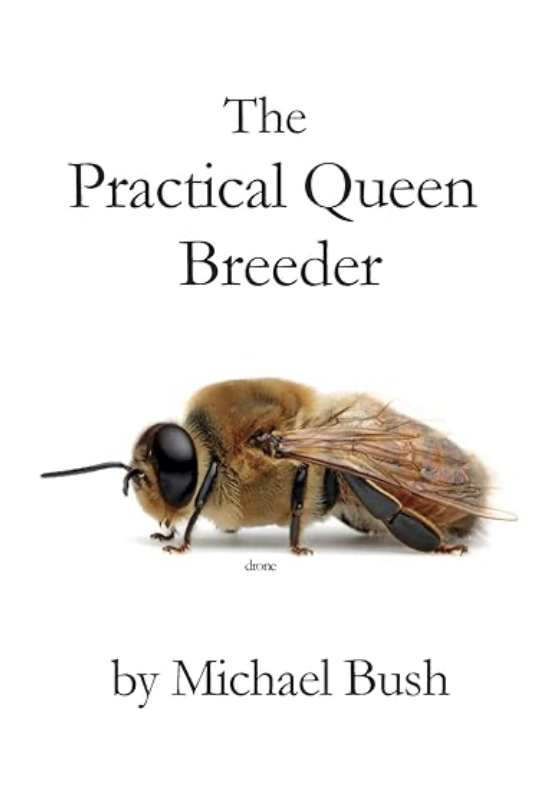
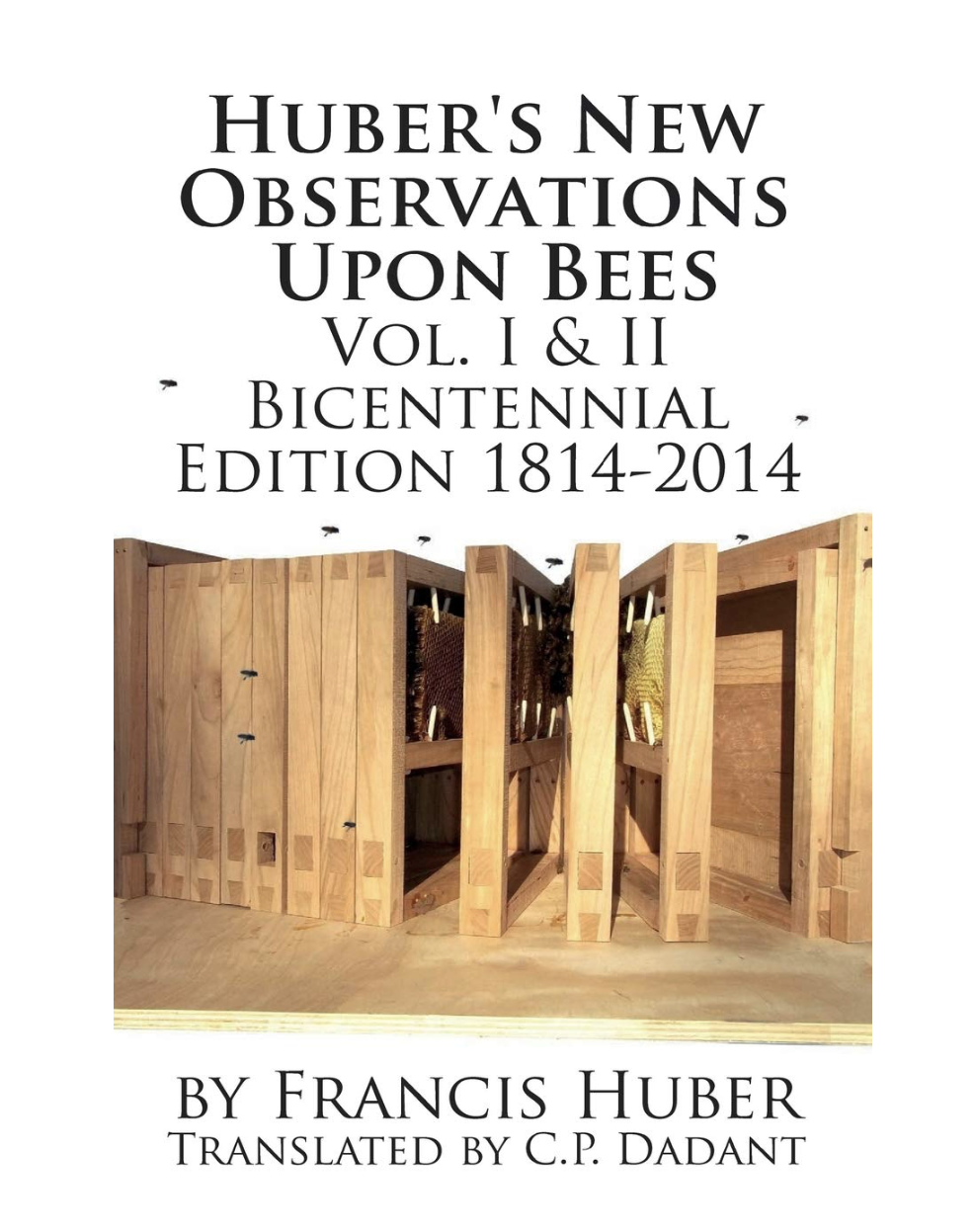
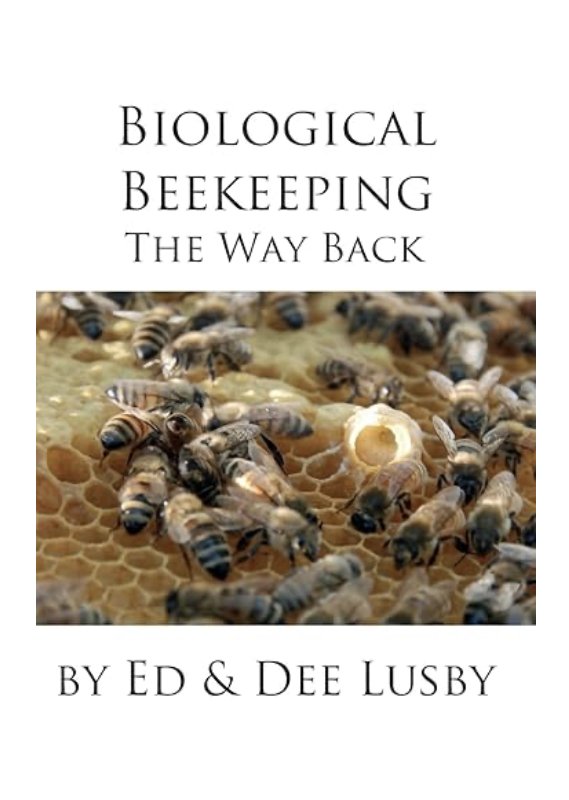

New! Comments
Have your say about what you just read! Leave me a comment in the box below.